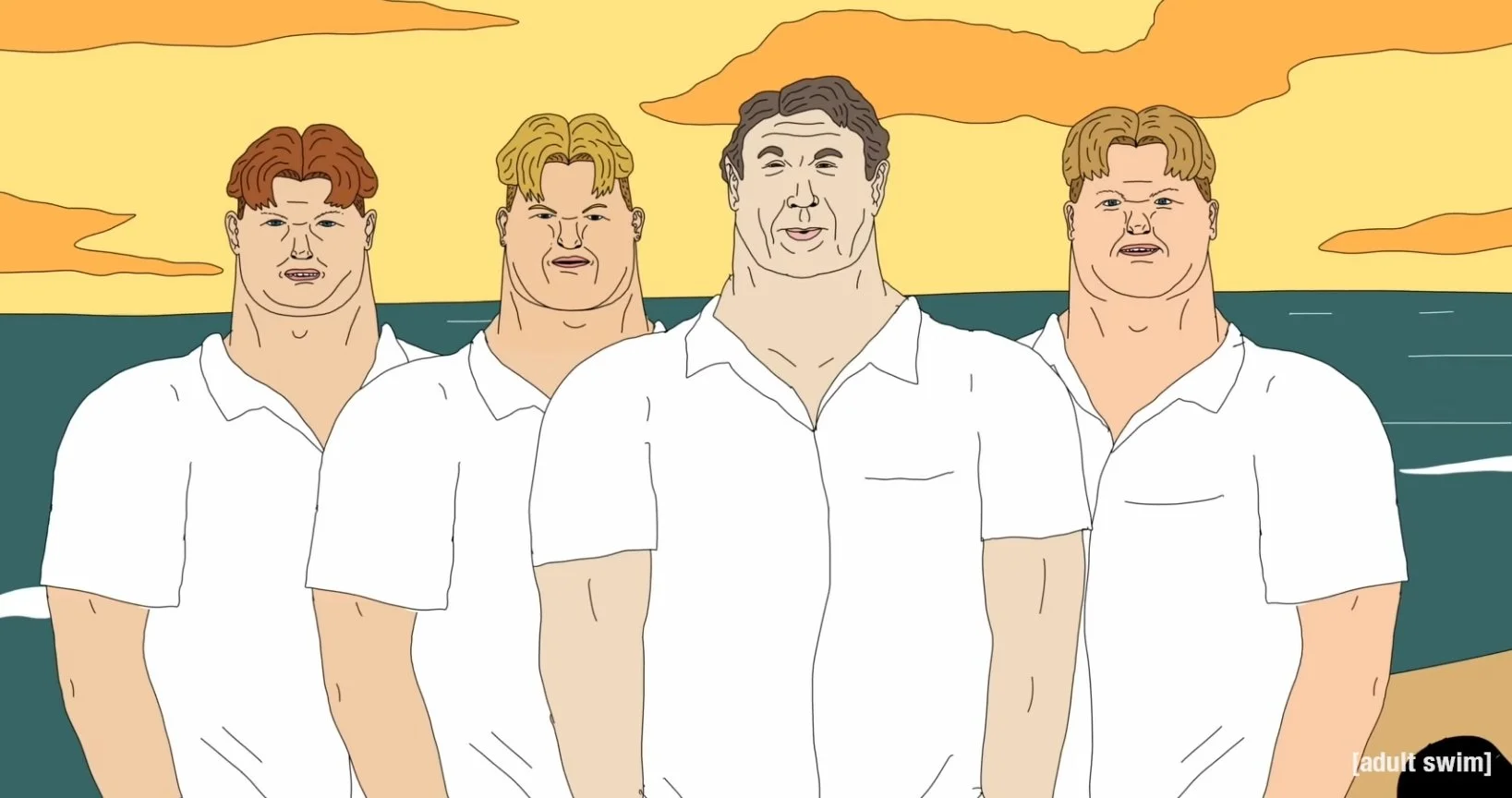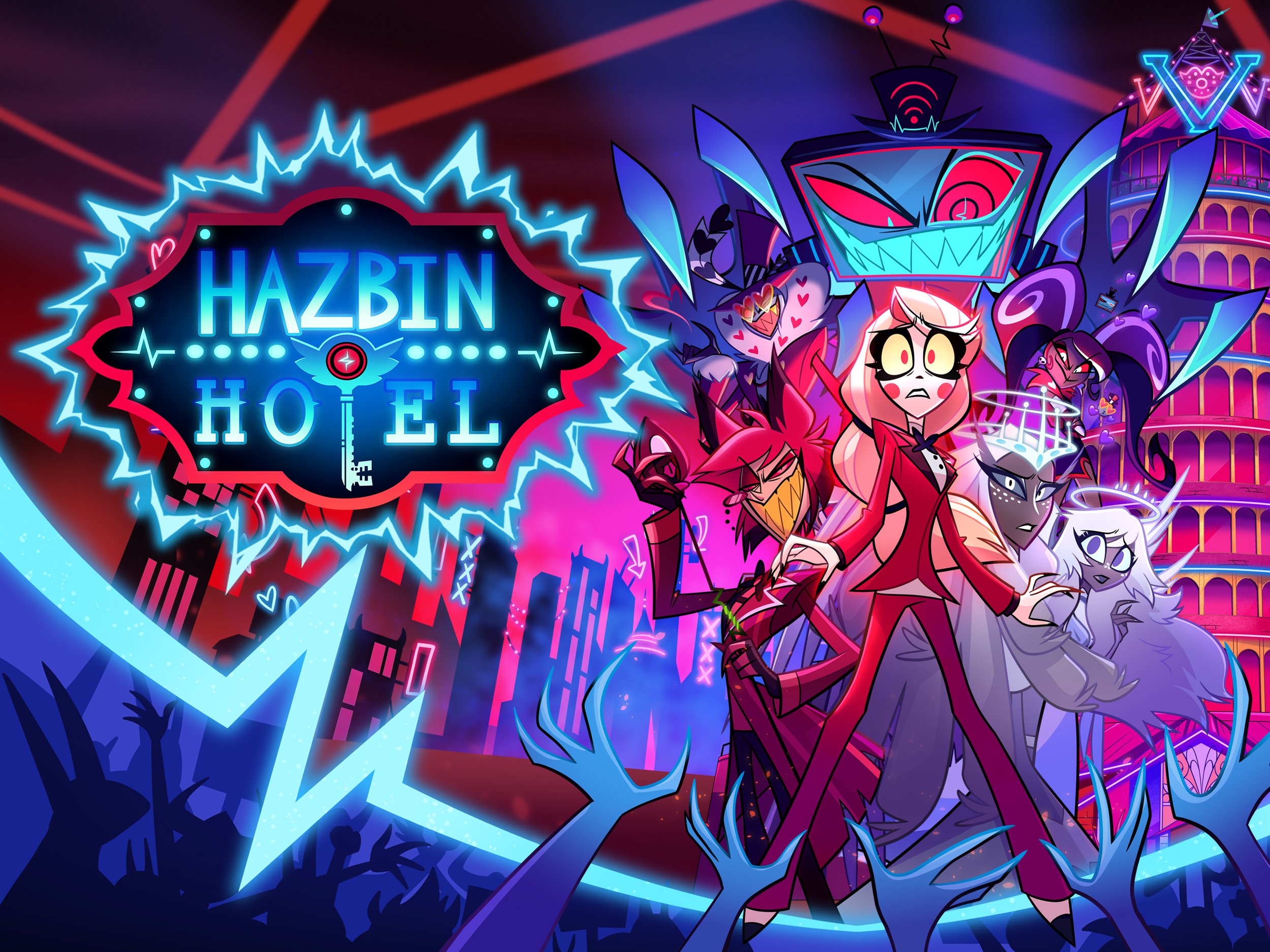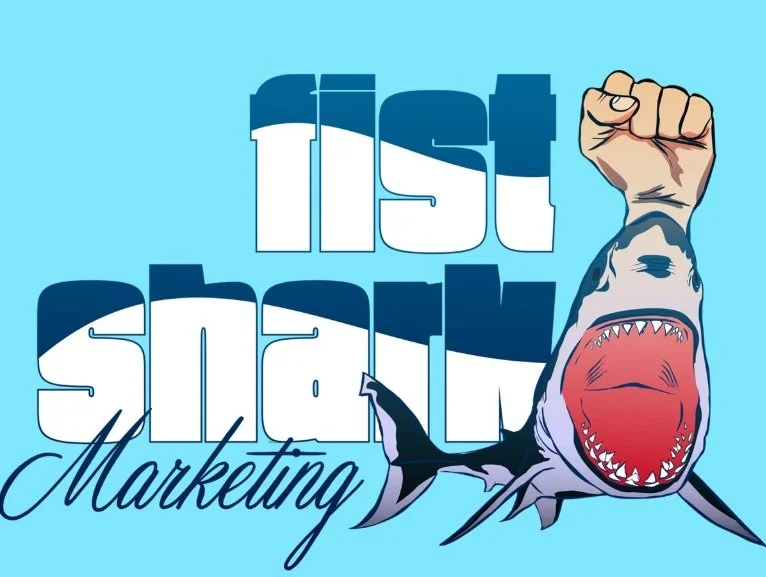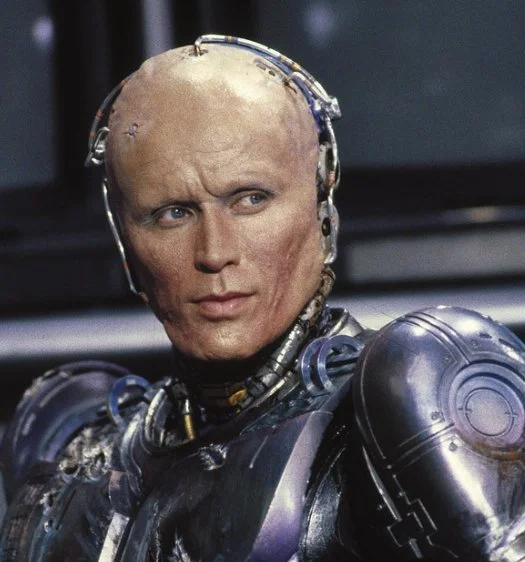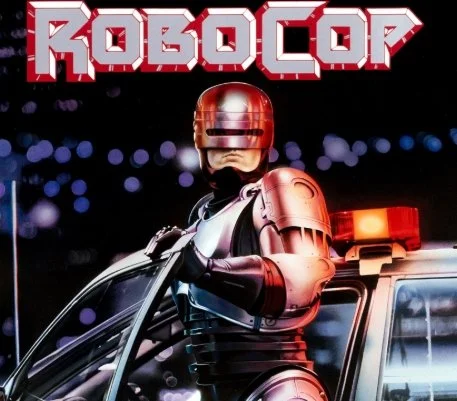Poutyface Paints Outside the Lines with “Color”: A Raw, Emotional Portrait of Chaos, Craving, and Connection
In her latest release "Color", alt-pop provocateur Poutyface takes us on a visceral, kaleidoscopic journey through the psyche of someone desperate to feel something real. Underneath the bright hooks and playful lines lies a raw psychological vulnerability that pulses like a bruise just beneath the skin.
Beneath its playful metaphors and vibrant aesthetic lies a song soaked in psychological tension, where the desire for emotional intensity collides with the bleakness of isolation.
From scraped knees to tie-dye breakdowns, Poutyface turns the everyday into a surreal landscape of longing and disorientation. “Color” isn't just about someone who brings joy into your world, it’s about the ache for something, anything, that makes life feel real.
This journey into Poutyface’s latest track is, of course, interpretive; a reflection of our own psychological and lyrical analysis. It may not reflect the artist’s personal intentions, but it offers a lens into the emotional landscape we observed through the song.
“You Give Me Color”: A Cry for Emotional Aliveness
At the heart of the song is the titular phrase:
“You give me color / You give my life color.”
On the surface, it’s a simple declaration of affection, one person brightening another’s world. But dig deeper, and “color” becomes a metaphor for emotional vitality. This isn’t just about love; it’s about psychological resuscitation. The narrator is not thriving; they’re surviving, emotionally grayscale, until someone (or something) injects meaning and sensation back into their experience.
In this way, “color” transcends romance. It’s about not feeling numb. It’s about needing contrast, movement, stimulation, emotional proof of life. This makes the refrain feel less like a love song and more like a lifeline.
Bleak City, Bleaker Self-Perception
One of the track’s most jarring lines drives this home:
“Don’t know why the sun would shine / On a spoiled little brat who doesn’t go outside.”
Here, Poutyface speaks to the self-destructive thought loops that often accompany anxiety or depression. The narrator internalizes guilt, shame, and a sense of worthlessness, painting themselves as undeserving of joy. The sun, a universal symbol of hope and warmth becomes a source of confusion and alienation.
This line, paired with “Why the f** is this city so bleak?”*, reveals an existential despair that’s both environmental and internal. The urban landscape reflects their inner emptiness, suggesting the narrator sees the world through the lens of their own psychological state, which is a classic hallmark of depressive experience.
Twisted Up and Torn Apart: The Kaleidoscope of Chaos
Poutyface’s imagery is chaotic and tactile, bordering on destructive:
“Twisted up like a tie dye t-shirt”
“Tearing into plastic with my teeth”
“Staring at the static on the screen”
These moments offer a sensory overload, as if the narrator is coming undone. Tie-dye bright and colorful is a symbol of both beauty and confusion. It’s disorder disguised as art. It perfectly captures the feeling of being emotionally overwhelmed, colorful on the outside but tangled up inside.
Tearing at plastic and staring into static evoke emotional dysregulation, moments where feelings become too loud to process, or too muted to feel real. They suggest impulsivity, frustration, and a frantic search for sensation or perhaps even a craving for chaos as a substitute for connection.
I Want the Brightness: Craving Intensity Over Stability
Throughout the chorus, the narrator begs for something more than existence; they want experience:
“I want the brightness, lightness / Want the affection / And now I'm in a little crisis!”
Here, Poutyface taps into a familiar modern craving: the desire for emotional stimulation over monotony. There’s a weariness to the narrator’s voice they’re tired of black-and-white life. They’re demanding magic, drama, color. Even if it’s chaotic. Even if it’s overwhelming.
It’s a cry from someone who doesn’t just want love; they want to feel something deeply, even if it burns. That hunger often stems from people who experience emotional flatness, disconnection, or numbness. They seek vividness like oxygen.
Alternative Perspectives: Emotion as the Real “You”
While “Color” may initially sound like a love song directed at a specific person, a deeper reading offers powerful alternative interpretations.
1. Emotional Highs as the True Subject
The “you” in the song might not be a person at all, but a metaphor for intense emotional states. The narrator’s dependency on this “color” mirrors the cycle of emotional highs and lows; a kind of psychological addiction to feeling. They don’t want peace; they want magic, brightness, and affection signs of emotional life that temporarily lift them out of the grayscale of depression or apathy.
In this lens, “Color” becomes a portrait of emotional dysregulation, where feelings are not only experienced intensely, but are also longed for, clung to, and mourned in their absence.
2. Colorful Outside, Bleak Inside
Another subtle but powerful tension in the song is the contrast between public perception and private despair:
“Everybody says I’m soft and sweet / But honestly I feel like…”
This thought, leading into “I'm twisted up” hints at a deeper truth: the narrator wears a mask. They may seem vibrant, expressive, or emotionally rich to others, but inside, they feel hollow or twisted. This dichotomy reflects the experience of many who mask their inner struggles with charm or creativity, especially those who feel misunderstood or pressured to appear “okay.”
In this view, “color” is not just something given, it’s something performed.
A Pop Song with a Panic Attack Heart
Musically, “Color” straddles the line between alt-pop anthem and emotional breakdown. Its bright, bouncy chorus clashes beautifully with the anxiety-laced verses. This duality mirrors the narrator’s emotional landscape: a constant swing between seeking joy and confronting chaos.
Fans of Billie Eilish, Melanie Martinez, or even early Olivia Rodrigo will recognize the style, vulnerability disguised as pop, trauma wrapped in glitter. But Poutyface makes it her own, pushing further into the jagged edges of emotion with each line.
Simply Put: The Color of Chaos, The Hue of Hope
“Color” is more than just a song, it’s a psychological confession, painted in primary hues and raw metaphors. Poutyface gives us a narrator who is bruised, frantic, longing, and achingly human. Whether the color comes from another person, from emotional highs, or from an identity carefully curated to hide the pain; it’s clear that this song is about more than just affection.
It’s about survival through sensation. About the moments when life feels gray and the desperate beauty of finding just one spark of color to hold onto.
In an industry full of polish and perfection, Poutyface reminds us what it means to feel messy, loud, and vividly alive.
Summary of Psychological Themes
The song "Color" by Poutyface offers a layered exploration of a narrator navigating emotional hypersensitivity, mood instability, and a deep craving for meaning and aliveness. While on the surface it reads as a song about someone who brings color to life, the track also lends itself to metaphorical interpretations — with “color” standing in for emotional highs, and the “you” as either a person or a personification of feeling itself. The result is a vivid, often chaotic internal world where identity, mood, and meaning constantly shift.
1. Emotional Vulnerability and Sensitivity
Key lines:
“My cheeks are red / And my heart is blue / I bruise so easy / It's true”
“Everybody says I'm soft and sweet / But honestly I feel like…”
These lines speak to emotional hypersensitivity, where even small interactions or experiences leave a deep imprint. The imagery of bruising and blushing reflects someone who feels things with painful intensity. The line about being seen as "soft and sweet" juxtaposes external perception with internal turbulence, hinting at the narrator’s experience of being misunderstood or mislabeled, despite inner emotional chaos.
2. Existential Crisis and Self-Worth
Key lines:
“Don’t know why the sun would shine / On a spoiled little brat who doesn’t go outside”
“Now I’m in a little crisis!”
These lines reflect self-loathing, guilt, and identity confusion. The narrator minimizes their own value (“spoiled little brat”) and questions whether they deserve warmth or light. This inner monologue resembles the thinking patterns associated with depression, imposter syndrome, or distorted self-image. The “crisis” isn’t just circumstantial — it’s existential, rooted in feeling unworthy of joy.
3. Color as Emotional Intensity, Not Just Connection
Key lines:
“You give me color / You give my life color”
“I want the brightness, lightness / Want the affection”
While these lines can be interpreted as longing for connection, they also open the door to an alternative view: “color” as a metaphor for emotional intensity. The “you” might be less a person and more a symbol for feeling alive through powerful emotions. This reading positions the narrator as someone potentially dependent on emotional highs to escape dullness or numbness — a dynamic that echoes mood instability or emotional dysregulation.
4. Chaos, Inner Turmoil, and the Need to Feel
Key lines:
“Twisted up like a tie dye t-shirt”
“Kaleidoscopic feelings”
“Tearing into plastic with my teeth / Staring at the static on the screen”
These images portray a fractured, overstimulated psyche. The tie-dye metaphor captures emotional contradiction: visually vibrant, but physically twisted and uncomfortable. The term “kaleidoscopic” evokes a spectrum of overwhelming, unpredictable feelings — shifting too fast to grasp. Destructive behaviors and dissociative imagery suggest impulsivity, sensory overload, or a desperate attempt to feel something real — common in those struggling with trauma or neurodivergence.
5. Rebellion Against Emotional Flatness
Key lines:
“Done with the black and white / Make it all chromatic”
“I want dramatic, magic”
Here the narrator expresses a desire to escape emotional numbness, craving intensity, vibrancy, and “magic.” These demands are not just aesthetic — they’re psychological. They represent a refusal to settle for neutrality and a hunger for powerful emotion, even if it’s disorienting. This could reflect a coping mechanism for those who fear stagnation or who equate intensity with meaning and connection.
6. Performance vs. Inner Reality: Masking with Color
Key lines:
“Everybody says I'm soft and sweet…”
“Twisted up like a tie dye t-shirt”
The song hints at a tension between external presentation and internal struggle. The narrator may project a colorful, sweet, or emotionally expressive image, but this brightness could be a mask. Behind it lies disorientation, confusion, and bleakness. This theme resonates with the experience of emotional masking, often used by people dealing with depression, anxiety, or identity struggles to maintain appearances while concealing inner pain.
7. Environmental Depression and Alienation
Key lines:
“Why the fuck is this city so bleak?”
The bleakness of the cityscape becomes a reflection of the narrator’s internal world. This is a common feature of environmental depression, where one’s surroundings feel empty or lifeless not because of objective reality, but because of the emotional lens through which they're viewed. The world becomes colorless when the self is disconnected, unwell, or yearning for more.
Lyrics
"Color"
(You give me color)
(You give my life color)
Scraping chalk
Skinned my knees on the sidewalk
Crying cause the rain came and ruined our hopscotch
Found a bunch of pieces held together with glue
But I broke em in half
Because I wanted to share them with you
My cheeks are red
And my heart is blue
I bruise so easy
Its true
Twisted up like a tie dye t-shirt
Why the fuck is this city so bleak? (I...)
Don't know why the sun would shine
On a spoiled little brat who doesn't go outside
I want the brightness, lightness
Want the affection
And now I'm in a little crisis!
Kaleidoscopic feelings
(You give me color)
(You give my life color)
I want dramatic, magic
Done with the black and white
Make it all chromatic
A bit neurotic, maybe
But you give me color
You give my life co-lo-or
Tearing into plastic with my teeth!
Staring at the static on the screen!
Everybody says I'm soft and sweet
But honestly I feel like
I'm twisted up like a tie dye t-shirt
Why the fuck is this city so bleak? (I...)
Don't know why the sun would shine
On a spoiled little brat who doesn't go outside
My cheeks are red
And my heart is blue
I bruise so easy
I know it's true
I want the brightness, lightness
Want the affection
And now I'm in a little crisis!
Kaleidoscopic feelings
(You give me color)
(You give my life color)
I want dramatic, magic
Done with the black and white
Make it all chromatic
A bit neurotic, maybe
But you give me color
You give my life co-lo-or
I want the brightness, lightness
Want the affection
And now I'm in a little crisis!
Kaleidoscopic feelings
(You give me color)
(You give my life color)
I want dramatic, magic
Done with the black and white
Make it all chromatic
A bit neurotic, maybe
But you give me color
You give my life co-lo-or
Yeah, yeah
Yeah, yeah, yea-ah
Yeah yeah
You give me color
You give my life color
Yeah yeah
Yeah yeah yeah
Yeah yeah
You give me color
You give my life color
References
Color - song and lyrics by poutyface | Spotify



